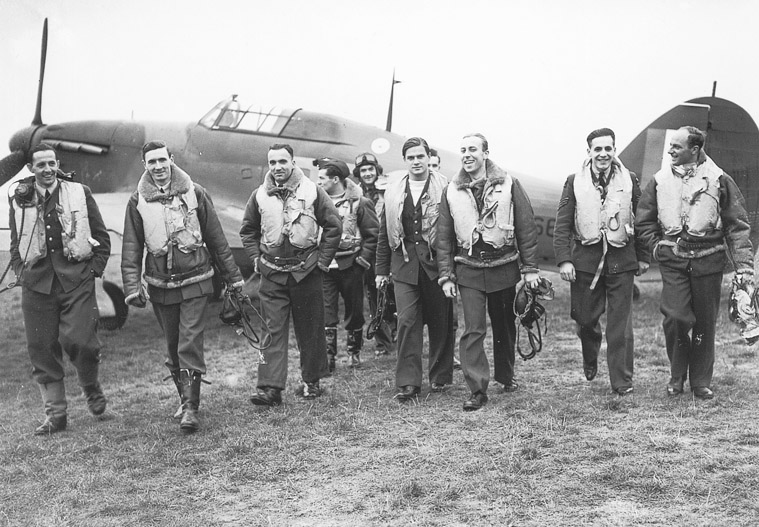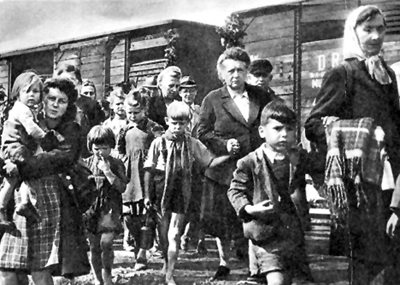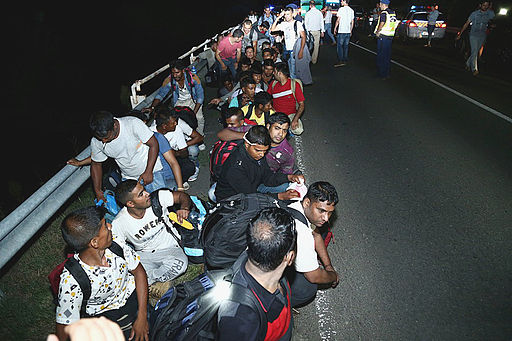
“Vertreibung“. Licensed under CC BY-SA 1.0 via Wikimedia Commons.
From early summer, the stories of migrants have been regularly covered on the news and Europe, as a whole, is in debate about whether the rise in migrants arriving via the Mediterranean should be welcomed or turned away.
Politicians are getting themselves into knots regarding levels of compassion, understanding, blame and rhetoric. From the media, we’re told that those fleeing Syria and the Middle East constitute the largest mass human movement in Europe since the Second World War.
I’m sure anyone reading this blog has a view on the rights and wrongs of the current debate, but what’s important for me is recognising that human movement is a recurring factor in human history.
From the Romans through the European empires of Charlemagne and Napoleon, to Imperial British history arriving in the 20th century, people have enjoyed or been forced to move around. Why people move around is one of the common elements of the discussion about immigration, and if you look at history, it seems a common cause is war and conflict.
When the UNHCR introduced the Refugee Charter of 1951, it did so because of the large scale movement of people due to the wars of the 20th century, in particular the First and Second World Wars.
The rationale for a charter wasn’t based on the fact that people moved around, but rather when they were forced to move or needed to in order to survive (perhaps economically) and escape from conflict. This concept was based on Article 14 or the Universal Declaration of Human Rights 1948, whereby ‘the right of persons to seek asylum from persecution in other countries’ – a situation that many of the opponents and victims of Nazism had been unable to do.
Migration and its history is now featured in some of the history exams that today’s students study, and is a key factor in exploring elements of cultural change, the spread of ideas and Empire history. As such, the topic of migration and migrants is something that can feature in a school tour.
Where did the Belgian people go as the battles raged around Ypres? Who were 303 Squadron during the Battle of Britain? How is Gdansk a Polish city when Danzig was a German one? Trick question.
A school tour won’t fix the current debate on migration or explain who the current potential immigrants are, but it might be able to open up discussions on immigrants in a non-emotive way.
Some tours are more open to this line of discussion than others but, where migrants and cultural changes are part of the historical narrative of a particular place, they could and should be discussed.
By being aware that immigration and migration are consistent themes in British, European and world history, young people might be able to understand the current debate a little more clearly, and see past the media headlines to some of the deeper discussions and realities that are the cause and effect of human movement.

